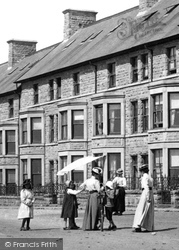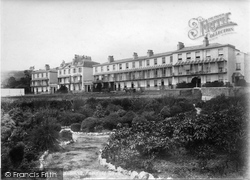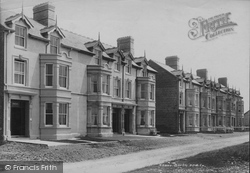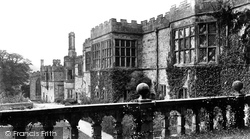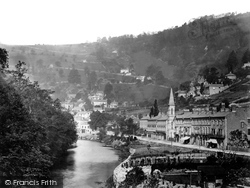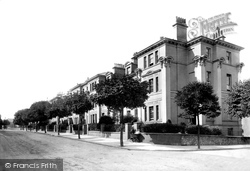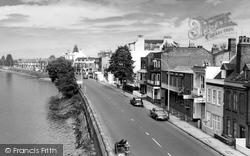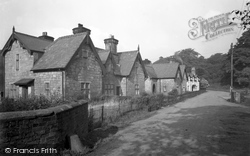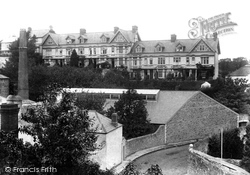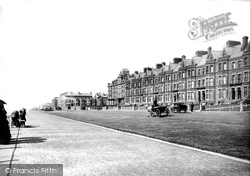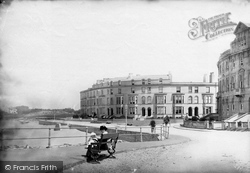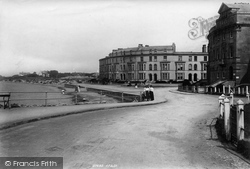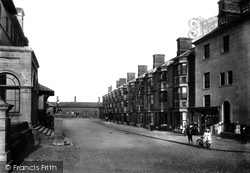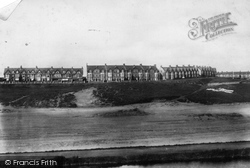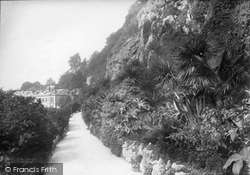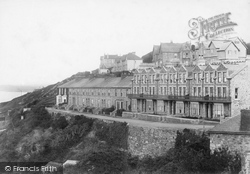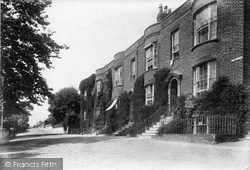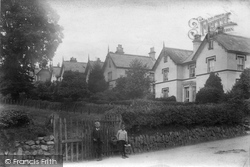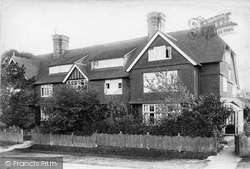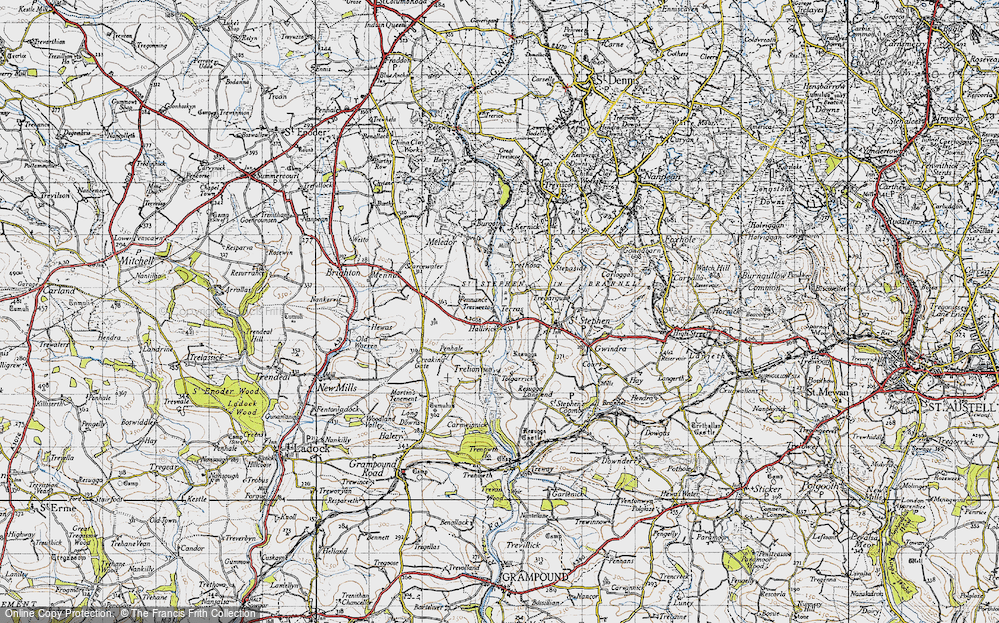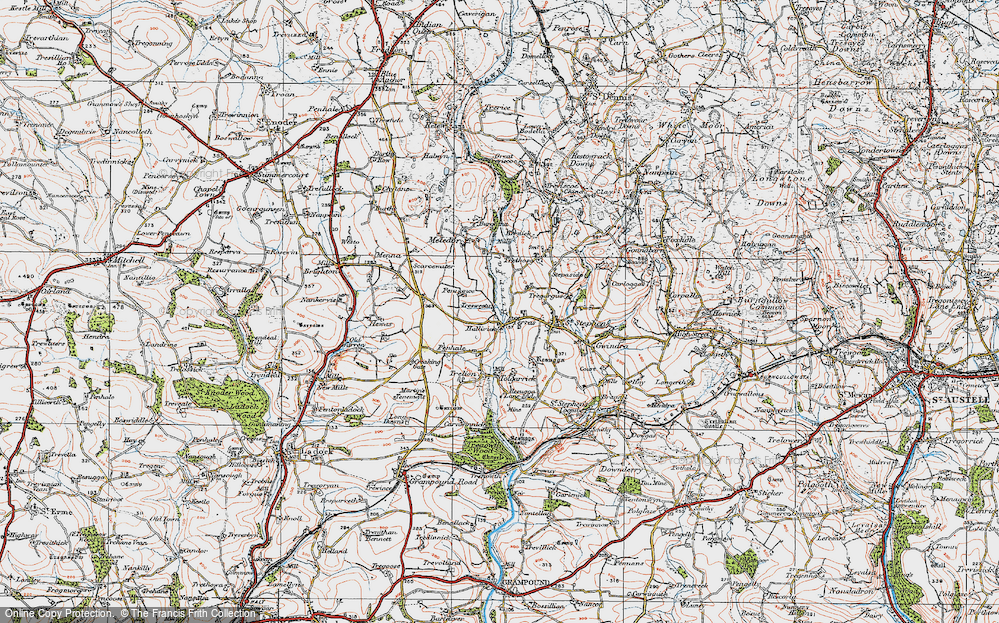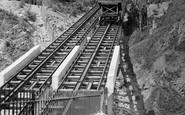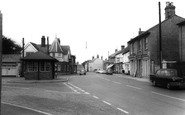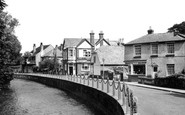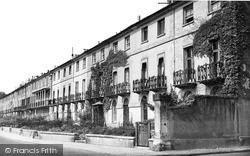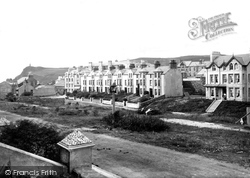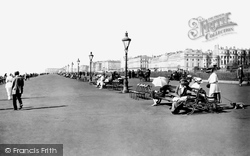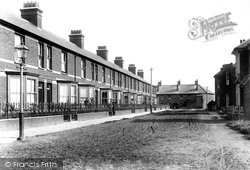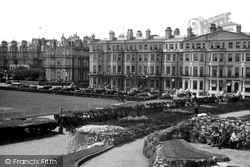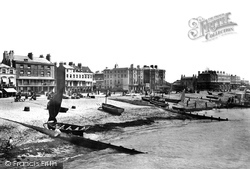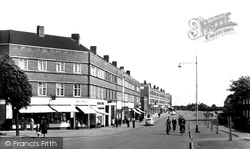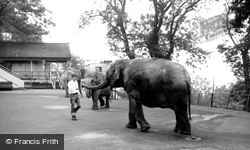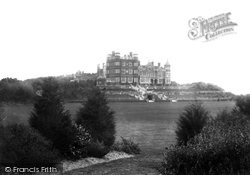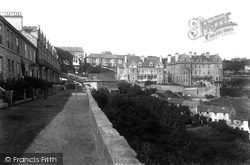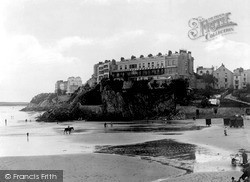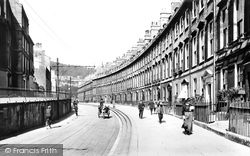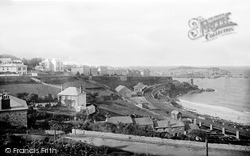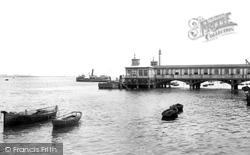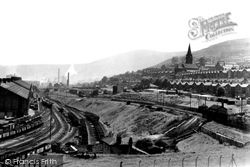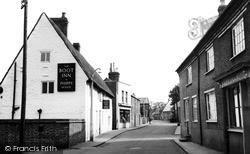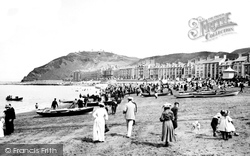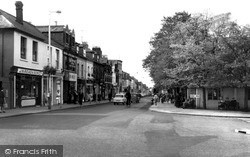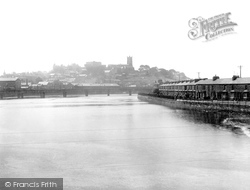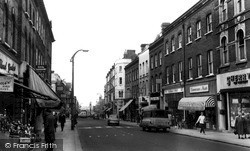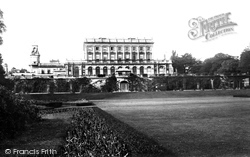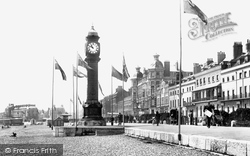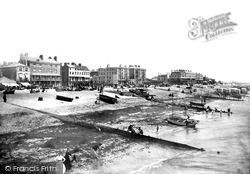Places
3 places found.
Those places high-lighted have photos. All locations may have maps, books and memories.
Photos
1,000 photos found. Showing results 21 to 40.
Books
Sorry, no books were found that related to your search.
Memories
912 memories found. Showing results 11 to 20.
An Outing To Babbacombe Model Village
My wife Elizabeth and I went to Babbacombe on 1st April to give our granddaughter Anna a treat on her second birthday. We spent almost the whole day in Babbacombe Model Village which is close to the top of ...Read more
A memory of Babbacombe in 2008 by
Growing Up In Somersham
I was born in Somersham in 1940, in my grandmother's house, which was 1 West End. My own house was known then as 6 Trinity Terrace, since changed to 90 High Street. Until the mid 1950s a lot of the houses were quite ...Read more
A memory of Somersham in 1940 by
Early Days Of Blackhill
My name is Stephen Yallop. I lived in Blackhill from the early 1960s. I used to live in Gallagher Terrace. I went to the Tin Mill infant school, I remember the teachers as Mrs Dunne the headmistress. Mrs Ferguson ...Read more
A memory of Blackhill in 1966 by
Number 2 Montague Terrace
Barbara Brian. I loved reading your memories of Montague Terrace and I thank you for them. Were you the young Miss Andrews that rode that posh bicycle and lived behind the shop and did your dad at times teach tap ...Read more
A memory of Bishopstoke in 1930 by
The Memories Are Endless
Good morning from Waterloo, Canada. I was absolutely thrilled with your site and stumbled on it quite by chance. I was born in 1943 at my grandparents house at Yew Tree Terrace just off Station Rd. I grew up in Shepley, ...Read more
A memory of Shepley in 1957 by
Station Road Meopham
My parents moved into Station Rd in 1963, as a newly married couple. There was a terrace of new houses built in Station Rd in 1962/63 & theirs was the furthest house down the road, the end of the terrace, I think No.28? I ...Read more
A memory of Meopham in 1963 by
Play
I know records will prove me wrong, but summer seemed to start around the beginning of May and last until getting on to Bonfire night. We walked to Witton-le-Wear night after night to swim then walked home or, if we were lucky, got a ...Read more
A memory of Howden-le-Wear by
Growing Up In Caerbryn
I was born in Caerbryn in 1949 and I lived at 4 Caerbryn Terrace along at that time with my granny and grandad, mum and dad and my sister Gill who is thirteen months older than me. The terrace was then just the twenty ...Read more
A memory of Cae'r-bryn in 1959 by
What A Bike Ride!
I was born in Whitwell (Herts) in April 1949 and started my schooling at St Pauls Walden CE School in September 1953. This the hill on which I lived. As I grew older I used to ride my bike to school (very little ...Read more
A memory of Whitwell in 1955 by
Robert William Shaw Family My Greatgrandfather
My GreatGrandParents Were Robert William Shaw and Eleanor (Wilkinson) Shaw. He worked as a Roller Coverer at a Cotton Factory, I do not know what the name of the factory was. I know my Grandmothers name ...Read more
A memory of Sabden in 1880 by
Captions
549 captions found. Showing results 25 to 48.
Situated at the west of end of St Peter's Street, this fine Regency terrace was constructed between 1827 and 1831 on the site of the bowling green to provide houses for 20 middle-class families.
This is a late-Victorian development just off the seafront; the castellated roof of the Falcon's Nest Hotel can be seen rising above the terrace.
Behind the spacious promenade are the superb 1820s stucco compositions of Brunswick Square and Terrace and Adelaide Terrace beyond, all rather like Nash's Regents Park in London.
Pretoria Terrace, a well-rutted mud and sand road, looks towards the town steps. The name of the terrace must commemorate the recently fought Boer War.
Lansdowne Terrace, a long Italianate terrace facing the Wish Tower, was built in the 1860s with its centre spanned by a wide triangular pediment; it was soon mostly colonised by the Lansdowne Private
Little Terrace (centre on above photograph) was built as a terrace of fashionable lodging houses by a Brighton bricklayer named William Hall circa 1794.
This long terrace of shops with flats above is typical of the earlier growth of Corby.
One result of this was the terracing that is so much a feature of the zoo - requiring much climbing by visitors!
On the terrace is the newly built teahouse, with a copper dome. The arch at the bottom of the terrace is a sheltered seating area.
This is a steep site, and the road along the front of Draycott Terrace is supported by a substantial stone wall. The terraced cottages in Primrose Valley below are still intact.
Lexden Terrace (centre) was built in the Georgian style in 1843 by the builder and developer Captain John Rees.
Continue down Lansdown Road to The Paragon, a superb terrace of twenty-one houses set between two roads on steeply differing levels, their stables and vaults fronting Walcot Street far below.
St Ives is seen from Draycott Terrace, overlooking cottages in Primrose Valley below and the curving sweep of the railway station beyond, most of which is now a car park.
Gravesend has two Victorian piers: the Royal Terrace Pier of 1843 lies to the east of the slightly earlier Town Pier we see in this view.
The terraces of Newtown are to the right. The railway network serviced the iron and steel furnaces, and the railway wagons were unloaded directly into the furnaces.
The terraces of Newtown are to the right. The railway network serviced the iron and steel furnaces, and the railway wagons were unloaded directly into the furnaces.
A 1970s terrace replaces the pebble-dashed terrace on the right.
Since the completion of the railway, great improvements have been made here, one of the most important being the construction of Victoria Terrace, by which means the Marine Terrace has been completed.
The old terrace of shops to the left include J N Read & Son, butchers.
Our view clearly shows the terraced housing, built on the north side of the Lune outside the old city walls, where Lune Terrace and Derby Road are today.
Opposite the corner building of the 1880s terrace, now painted, is Sutton Court Road. Two buildings of the 1870s terrace on the right were demolished for 1970s road widening.
Cliveden benefits from a breathtaking river view from its terraces.
The Esplanade stretches south-westwards fromn the Georgian and Victorian apartments and hotels of Gloucester Terrace (right), with Royal Terrace dominated by the Royal Hotel (centre), to a glimpse of the
The gap to the right between terraces is the end of the Steyne Gardens, laid out after 1807, and originally intended as the centre of the resort, but most development in fact went westward.
Places (3)
Photos (1000)
Memories (912)
Books (0)
Maps (22)


